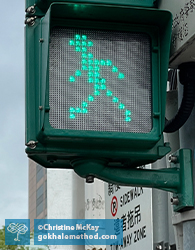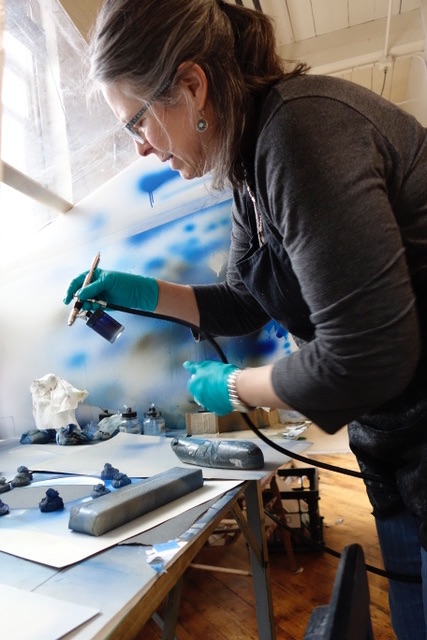Give Your Walk the Green Light!
Success Story: Julia Leete Rabin
How to Work Out Smarter, Not Harder
How Not to Be a One-Trick Pony as a Pain Intervention
Can the Venus of Willendorf Teach Us about Posture?
Thought to have been made around 30,000 BCE, one of the oldest and most famous prehistoric figurines is known as the Venus of Willendorf. Found in modern-day Austria, this late stone-age artifact is just over 4” high and has traces of ocher coloring. Underneath her ample flesh her pelvis is anteverted, placing her behind behind her. Original image courtesy Wikipedia user MatthiasKabel under CC-BY 2.5.
When the weather is cold and wet, or, for our students in the Southern Hemisphere, hot and dry, museums can be very agreeable places to visit. Humidity and temperature controlled as they are, museums allow you to study posture history in comfort!
A central principle of the Gokhale Method is an
Opening Your Heart Space
This bronze figure shows an open chest and “heart space;” his shoulders are well back and his ribcage is anchored. He is part of a fountain in Piccadilly Circus, London, sculpted by Sir Alfred Gilbert in 1893. Referred to (erroneously) as “Eros,” the figure is in fact Anteros, Eros’ brother, who represents a more mature, less capricious love. Original image courtesy Gareth Williams under CC BY 2.0.
“Heart space” is a term used in yoga to describe the upper part of the chest where the heart is located. Valentine’s Day is an ideal time to give some special attention to this region, and explore its relation to your posture and wellbeing.
The Gokhale Method teaches four particular techniques
Posture Differences in Elite and Plebeian Ancient Egyptians
This famous bust of Nefertiti (c. 1370 – c. 1330 BC) exhibits a forward-protruded head. Original image courtesy Wikipedia user Philip Pikart under CC-BY-SA 3.0.
In my travels, I enjoy visiting museums. In a concentrated space and in a short few hours, I am able to travel back in time and over large distances, and compare people from different cultures. What a remarkable gift from the craftspeople of the past!
Many museums have a well-developed Egyptian collection. The Egyptians’ expertise in preserving their dead as well as the dry Egyptian climate has yielded a bounty of specimens from the distant past. Egyptian artifacts are often spectacular and modern audiences are drawn to Egyptian




